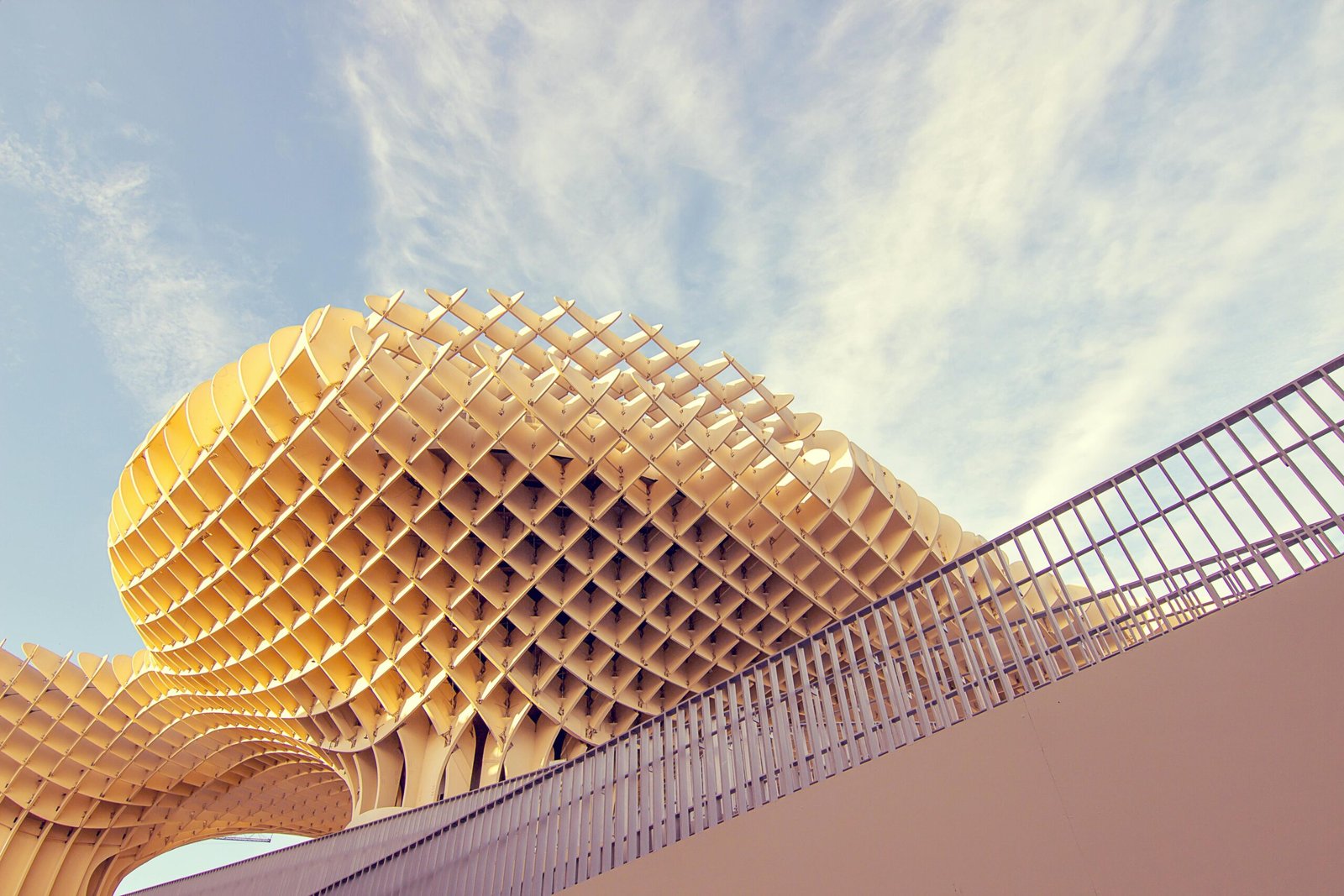The widespread advice I often receive from my studio professor is to “see cases as much as possible.” Moreover, the case study plays a major role in the architectural design process. In every project, we have to conduct an architectural case study related to our project at the beginning and at different stages of our design, according to our needs. But what exactly is a case study in architecture? Why is it so important? How do you choose cases? What do you look for in a case? And finally, how do you use a case study in your design?
Let’s go and try to find the answers to these questions related to architectural case studies together.
What is the case study in architecture?
A case study in architecture is the process of researching and documenting previous work in the field of architecture through text, sketching, diagramming, and images. In simple words, it is the detailed study of a chosen architectural project for a deeper understanding of its design, construction, formation, functionality, relation to the site and surroundings, contextual importance, spatial relationships, structure, conceptual considerations, and many other aspects of architecture. This provides inspiration and scope for new designs.

Why is it Important?
The quality of architecture heavily depends upon the design vocabulary and observational experience of the architect, because architecture is essentially the output of the architect’s imagination. Our imagination depends on our experience, which can be physical or absorbed (through study, visuals, or listening).
Suppose you have never seen any building that defies rationality. If I now ask you to draw a building, it’s obvious you will draw something rational that you often see around you. It’s because you have never seen anything like Zaha Hadid’s Heydar Aliyev Center or New York’s John F. Kennedy International Airport. So, how could you even imagine something like these buildings? That is why, for an architect, it is always important to see and see as much as possible.
A case study can be a starting point for any project or it can also serve as a link or reference that can help in designing and explaining the project. The usefulness of the case study varies according to the different stages of the design process. At the very beginning, it helps to understand our project. Suppose you are asked to design a city center for your studio project. You have never done it before. You don’t know where to start? Don’t panic—architectural case studies are here. From the case study, you will learn about city centers, how they should look, what type of functions they should have, the quality and quantity of the functions, and all the other things you need for your project. At least you get direction.
In another scenario where you are clear about your project, a case study gives you a more detailed insight into your project. You can examine the relationship between building and context, site surroundings, innovative approaches of architects to design challenges, form and functionality, approaches for achieving design goals, and so on. The knowledge gained from the examination can be applied to your project. Most importantly, from the case study, we could become aware of mistakes made in previous similar situations to ours. Mistakes are always a great source of experience and provide scope for improvement, making new designs more efficient than earlier ones.
How to Choose Cases?
Okay, now we know what a case study is and why it is important. But how do you choose a case for your study? Of course, there are tons of cases out there, but which one fits you? If you are lucky, your tutor might suggest a building to look at in more detail, which makes your life much easier. On the other hand, if you are not that lucky and you need to choose it yourself, here are some considerations by which you can choose your cases.
In the previous section, we said that the usefulness of the case study varies according to the different stages of the design process. We can choose different cases for different stages. For example, at the very beginning, we can choose a case or project to get an initial idea for our project. Then, in the massing study, we can choose another case according to our needs. We can do it also with planning, circulation design, facade treatment, and every other design aspect of our project. It simply means getting inspiration according to our needs and implementing it in our own work.
So, from this, it is clear that before choosing a case study, we need to be clear about our needs and our problem. Initially, you need to figure out what kind of building you’re designing—whether it is residential, a public building, or a private mixed-use project. This way, you can narrow your search and find projects with the same outline as yours. This does not mean a completely unrelated building won’t come in handy. Parts of that building might be more important than its purpose. The facade of a public building may serve as inspiration for the facade of your residential project. It’s impossible to determine from where we get which inspiration; it always depends on the perception and thoughts of the viewer.
The initial case study helps us to achieve the concept and later helps us choose different case studies at different stages. For example, from the initial case study, you will get an idea of which types of concepts are needed in a particular type of project and then you develop that type of concept. Suppose after that you need free-flowing spaces according to your concept. Now your task is to find a case study where free-flowing space is ensured. That means you can choose a case from Le Corbusier’s work.

What to Look for in a Case?
What to look for in a case also depends on the needs of the architect, just like choosing the case. The needs and problems guide you on what to look for in a case. Suppose you choose a case study for its free-flowing spaces. Then, of course, you need to look at the plan to see how the architect achieved those spaces. In another example, suppose you select a case for indoor-outdoor connection. Here, you can primarily look at the plan and graphics lines and identify the approaches the architects used to connect indoors and outdoors. You may find a double line to green or a dot gradient single line in the middle. You can use that kind of gradient in your plan graphics to achieve a good indoor-outdoor connection.
Typically, we examine the following aspects in a case study:
Environment: The connection between architecture and the environment is most important nowadays. In this part, we examine the approaches of the architect and different parts of the building used in response to the environment.
Surroundings / Access Points: Here, we see how the connection between site context and architecture is established and the approaches used in response to the access points.
Interesting Structures: Here, we see how architects make the building more interesting and visually appealing.
Form + Function: In this section, we look at the form of the architecture and its connection to the function and vice versa, and how these two work together.
Building Services: If needed, you can focus on the technical aspects of the case study. When looking into residential spaces, the HVAC systems or other hidden systems could be of interest if your project is aimed in that direction.
How to Use Case Studies in My Design?
It is very important to make a good collection of images of the case which represent the case best. After completing the case study and proper documentation, you might have some approaches or solutions for specific problems. Because of the case study, we get to know different approaches taken by architects in different situations.
Now we need to put the solutions and approaches in our project and see whether they fit or not. If needed, make some necessary modifications according to our needs.
Conclusion
An architectural case study provides you with a comprehensive breakdown of your project. It can be a starting point for your project. Though architecture is a context-based subject, a case study helps you understand the relationship between architecture and context, which you can apply to your project later on. Overall, architecture is a very personalized subject; everyone has their own perception and style. This is true in the case of the case study. Everyone uses the case study according to their own needs and style.
